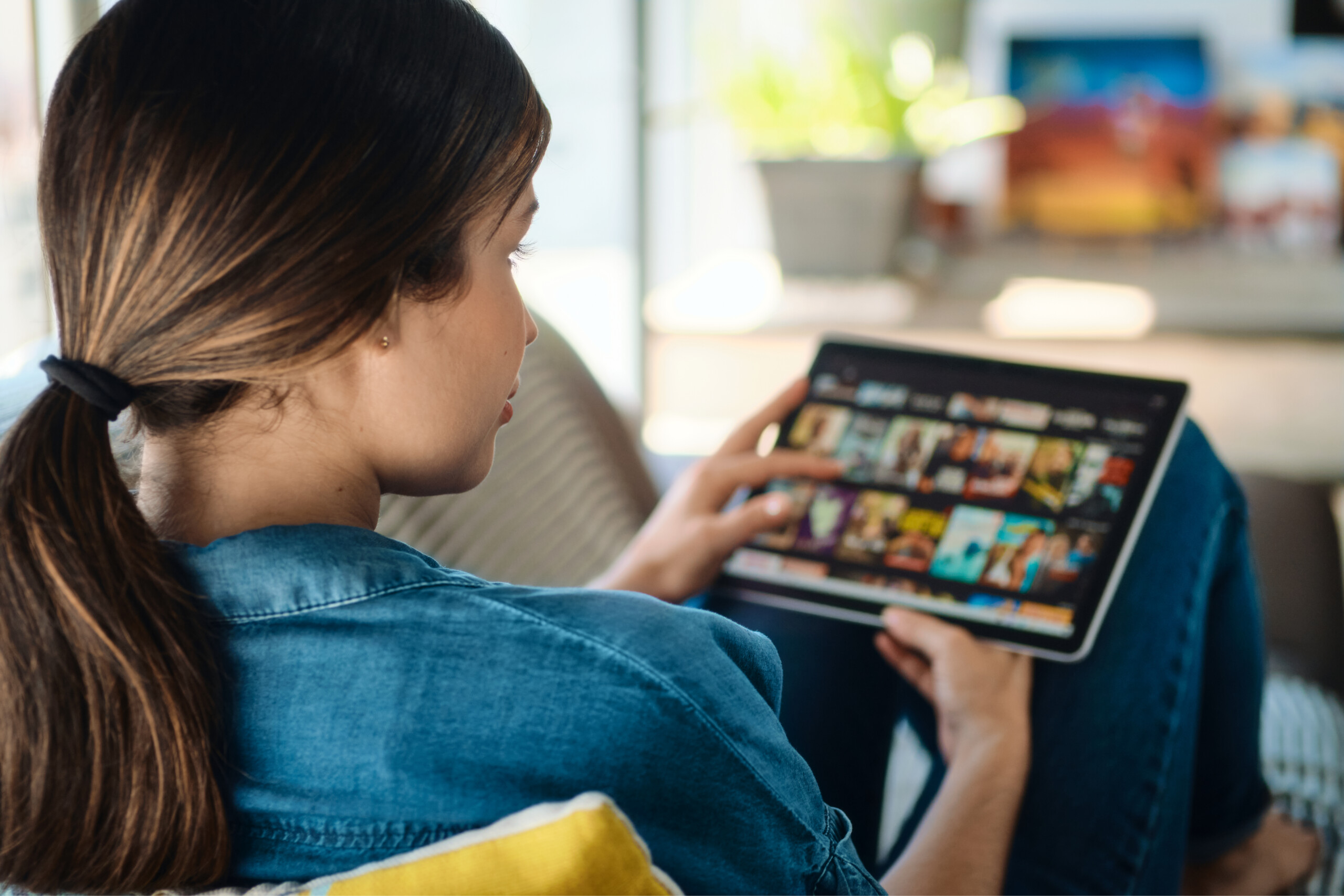CONSUMER PULSE

The national mood has taken a slight dip this month; more Australians are feeling the pinch with the rising cost of living; and subscriptions to news and paid TV services, health benefits and hybrid work, are fuelling opinions and conversations this month.
Find out what’s hot and what’s not in this issue of Nine’s Consumer Pulse.
Consumer Pulse surveys over 2,000 national respondents spanning Nine’s TV, digital, print and talk radio audiences. The monthly survey canvasses the thoughts, purchasing intentions and mood of the nation, to better inform and educate marketers on how they can reach and engage Australian audiences.
Inside this month's Consumer Pulse dip: 3-6 March, 2023

Mood of the Nation

Cost of Living

Conversation Starters
Mood of the Nation
The national mood has taken a slight dip this month with a rise in people feeling annoyed, confused, and overwhelmed. Overall, net positive emotions remain ahead of net negative for March.
NOTE: For the best viewing experience on mobile, please view landscape.
Dominant mood indicators
The top ten dominant moods continue to be led by mostly positive emotions with hope, calm, and relaxed topping the list.
NOTE: For the best viewing experience on mobile, please view landscape.
Cost of living: More Australians are feeling the pinch
The rising cost of living is increasingly being felt among Nine’s audiences with 1 in 5 (20 per cent) now admitting to feeling the pressure, an increase of 2 percentage points from the December quarter and 5 percentage points from the previous 6 months (September 2022). Notwithstanding, 47 per cent of Nine’s audiences feel financially comfortable with their personal finances at the moment, although this proportion has declined from 49 per cent and 55 per cent (respectively) over the previous two quarters.
Seventy-nine per cent of Nine’s audiences are currently being affected by the rising cost of groceries. Interest rate rises and low wage growth have seen the largest increases when compared to the previous six months and are now affecting around one-third of Nine’s audiences. However, the rising cost of insurance premiums is the cost of living concern that has seen the most significant rise in the past 3 months.
Conversation Starters
There is a real opportunity for brands to tap into some of the themes fuelling opinions and conversations this month.
Subscription to news and pay TV services
Despite the added pressure on Australians’ finances, 1 in 4 of Nine’s audiences still see the value in subscribing to news (25 per cent) and pay TV services (22 per cent), with both remaining stable compared to the previous quarter. Pets or pet accessories are also a popular ‘must have’ expense for 33 per cent of Nine’s audiences.

Brand consideration
How can your brand become a "must have" for consumers?
Quality, health and well-being are key drivers for most consumers
Some 82 per cent of Nine’s audiences are happy to pay more for quality and 64 per cent feel more confident in their purchases if they know the health benefits of a product or service. Still, 73 per cent are being very careful about how they spend their money at the moment due to the economic situation. This has increased by 4 percentage points over the last six months as more and more Australians are forced to be more discerning when it comes to how they choose to spend their money.
Brand consideration
Appealing to consumers' desire for quality of life and health and well-being are the key to encourage consumer satisfaction and long-term loyalty.

Hybrid work is impacting the way we consume media
The rise in hybrid working has had implications for the way Australians are consuming media during the day. Among those who work from home at least one day a week, 32 per cent of Nine’s audience admit to listening to the radio (including streamed radio) while working (rising to 38 per cent among people aged 55+) and around 1 in 5 (20 per cent) watch TV, either FTA or subscription TV. Among our younger audiences (aged 18-44 years) streaming music and listening to podcasts are more popular.

Brand consideration
With new hybrid working conditions, consider how your brand is reaching consumers during the day.
Want to know more?
Contact your Nine representative on the form below:



